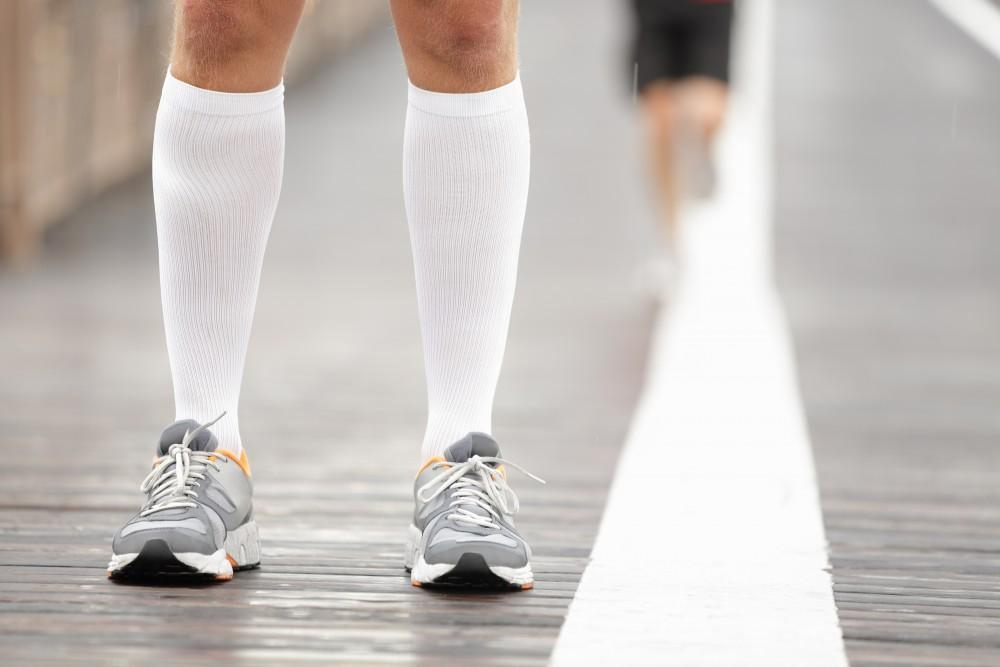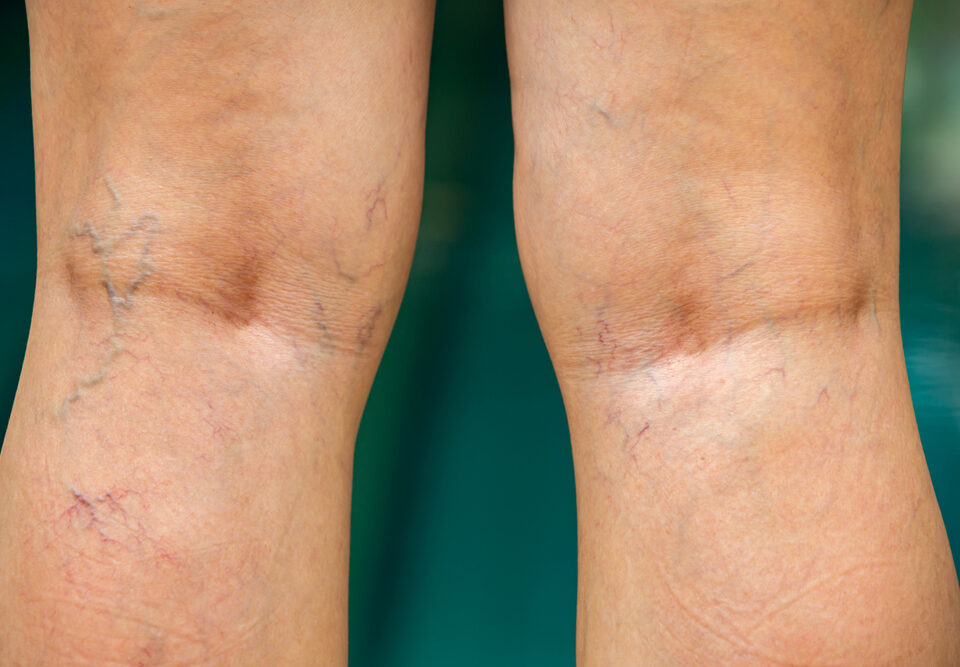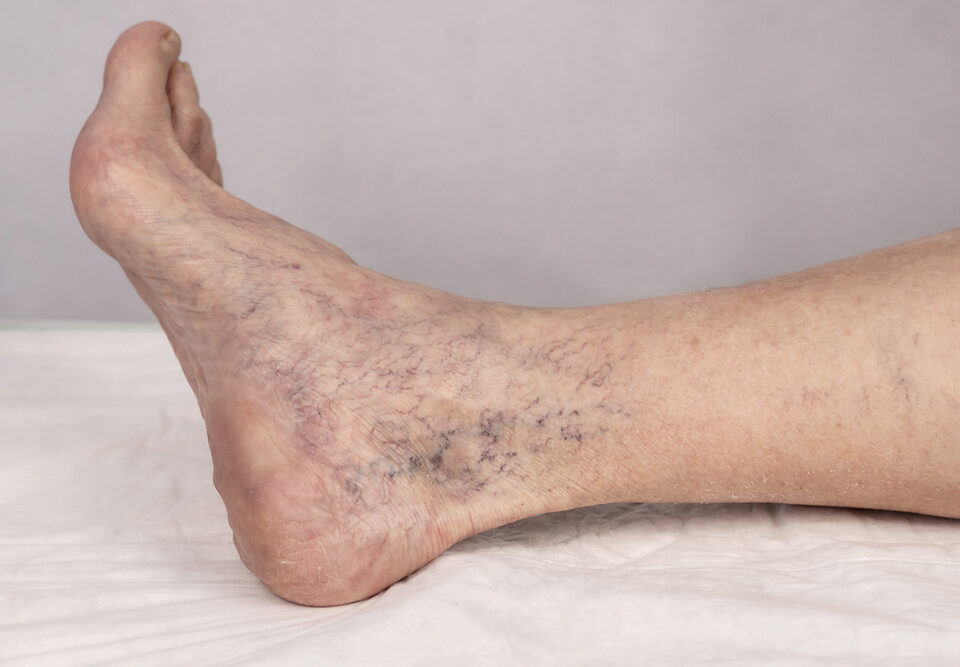Varicose veins have a way of wreaking havoc not only on the appearance of your legs with those unsightly bluish knotty veins but also causing pain, achiness, and throbbing. Fortunately, if you are among the estimated 30% of adults who suffer from varicose veins, your treatment options are plentiful and aren’t limited to surgery like it was decades ago.
Much has changed in treating varicose veins, says our own Saleem Saiyad, MD, here at Premier Vein & Vascular. In this blog, Dr. Saiyad discusses the minimally invasive treatment options for varicose veins and what to expect after treatment.
Common varicose vein treatments
Not too long ago, the primary go-to for varicose vein treatment was surgery – vein stripping or ligation. Today, providers offer several minimally invasive varicose vein treatment options that effectively treat varicose veins and also typically lower the risk of complications. Although each treatment option differs, the result restores optimal blood flow by rerouting blood to healthy veins.
Sclerotherapy
A procedure called sclerotherapy is the gold standard for addressing unsightly smaller varicose veins and spider veins. This in-office treatment lasts up to an hour. During treatment, Dr. Saiyad injects a chemical irritant or solution directly into the affected blood vessel using a fine needle. Over the next several weeks, the irritant shrinks and collapses the damaged blood vessel, which reabsorbs into the body.
Microphlebectomy
For veins deemed too large for sclerotherapy but too small for conventional surgeries, your provider may recommend a microphlebectomy. During this minimally invasive outpatient procedure, your provider removes the damaged vein through a small incision in the leg.
Ablation treatments
Like sclerotherapy and microphlebectomy, ablation treatments are minimally invasive in-office procedures. However, instead of collapsing or removing the damaged vein, ablation procedures seal off the damaged vein, which triggers the rerouting of blood to healthy veins. Two common ablation treatments use thermal energy as the source to close off the varicose vein. Endovenous laser ablation uses laser energy, while radiofrequency ablation taps into an electrical current caused by radio waves to close off the affected vein.
VenaSeal™ Closure System
Another minimally invasive procedure that can close off varicose veins is the VenaSeal™ Closure System. This image-guided treatment seals off the vein using liquid medical glue, which your provider delivers to the affected vein via a catheter.
Anticipate healing time
Regardless of the procedure, you can expect a few things for aftercare. One of the vital expectations to acknowledge is that although many treatment approaches for varicose veins are minimally invasive, your body still needs time to recuperate and heal. In most cases, you can return to work and resume your normal activities right away. It typically takes about four weeks to completely heal and recover.
Follow your doctor’s aftercare instructions
Don’t be lulled into minimizing your procedure just because it isn’t major surgery. Your provider sends you home with post-procedure instructions like avoiding vigorous activity or doing any heavy lifting for about two weeks after your procedure. Do yourself a favor and follow doctor’s orders. Common after-procedure symptoms include mild discomfort and bruising at the treatment site, which dissipates after a few days. If the pain and bruising don’t go away or you have swelling, redness, or warmth, contact your doctor immediately, as these are signs of a possible infection.
Wear your compression stockings
Another important thing your provider will instruct you on is wearing compression stockings. Typically your provider advises you to wear compression stockings for about a week or longer after your procedure. Although they may sound like a hassle, the compression helps relieve post-procedure discomfort, but the benefits don’t stop there. Compression keeps you from bruising and can prevent blood clots from forming by enhancing circulation.
Avoid inactivity
Similarly ,to prevent blood clots from forming, your provider recommends not standing in the same position for long periods or being inactive. This recommendation may seem counter initiative after a medical procedure on your legs; however, walking and being active helps prevent new blood clots and boosts your body’s natural healing process.
If you have varicose veins and want to learn more about your treatment options, contact Premier Vein & Vascular or book an appointment online today at our Tampa or Largo, Florida office.





